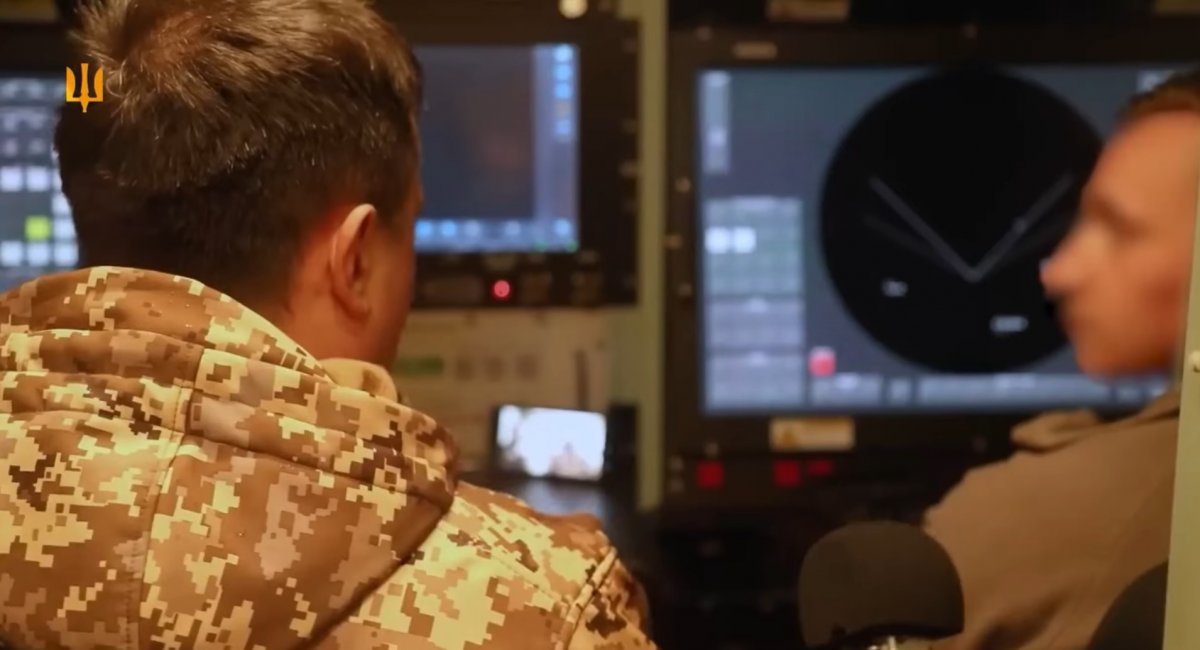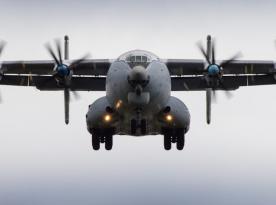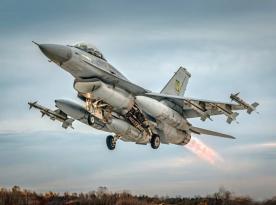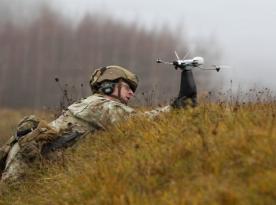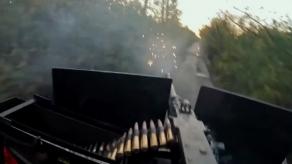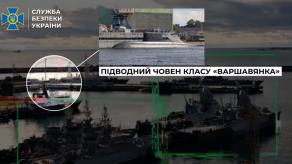The December 29th missile attack on Ukraine launched by the russian federation became the biggest challenge for the Ukrainian Air Force to handle to date. A total of 158 air threats were launched in over 11 hours. The radar monitors were "full of enemy air targets, in every region [of the country], from all directions," commented Yurii Ihnat, spokesperson of the Ukrainian Air Force.
It was a complex attack involving every type of available air-launched weapon, except for Kalibr cruise missiles, Ihnat stated, speaking to journalists at the United News telethon. The russians targeted critical infrastructure, industrial and military facilities in Ukraine.
Read more: Means of Anti-Aircraft Defense: What Weaponry Did Ukraine Receive From Allies in 2023? (Part 3)
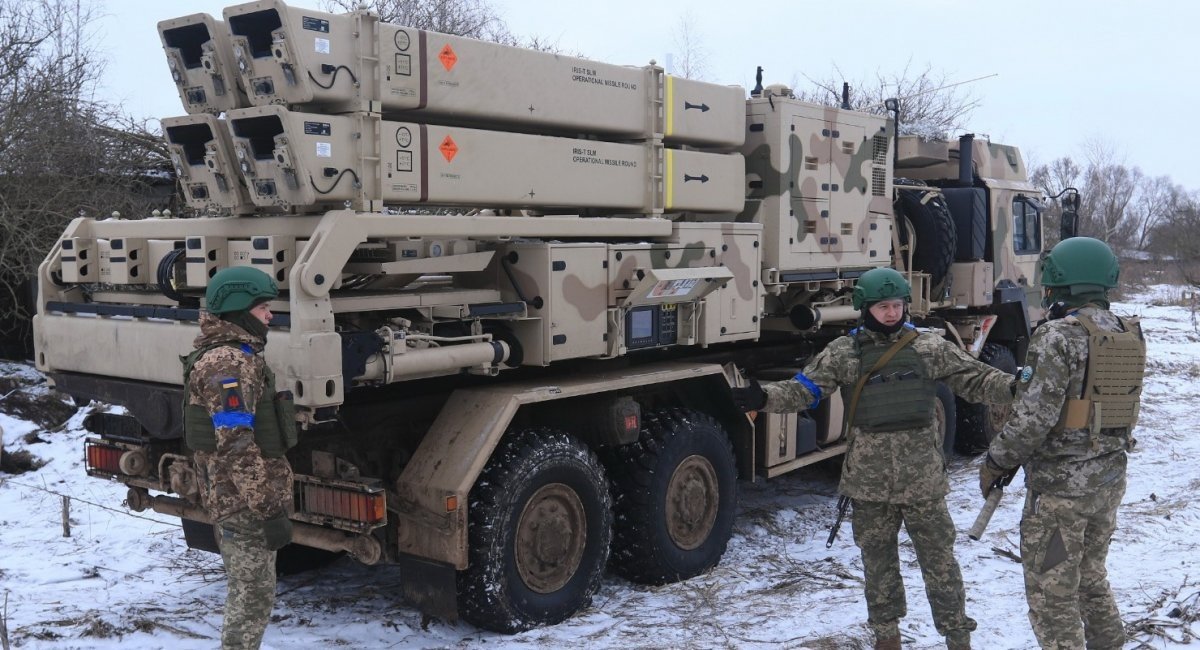
The onslaught lasted from 22:11 on December 28th till 9:37 the following day, from the moment when the first messages of incoming attack drones appeared on the official media of the Air Force until the air raid alert sirens calmed down.
Overall, combining diverse weapons in an aerial attack is not a new tactic for the russian military, however, this one is notable in the way that russian forces meticulously chose the assets to have Ukrainian air defense deal with as many targets simultaneously flying at different speeds as possible.
"We haven't seen so much red on our monitors in a while," Yurii Ihnat said. Nonetheless, Ukraine neutralized 114 of the targets, or 72% of missiles and drones.
Let's take a closer look at the weapons used. The most numerous were Kh-101 / Kh-555 / Kh-55 missiles — 90 units, 87 of them destroyed. They were delivered and launched by 18 Tu-95MS strategic bombers, that is five per aircraft.
Read more: "Strategic Bombers, Sent To Shell Ukraine, Are Running Almost Empty, Carrying Only a Few Missiles Instead of Dozens"
The second most intensively deployed weapon was Shahed-136/131 loitering munition. Coming from two directions, 36 drones tried to break through, and 27 of them did not manage to.
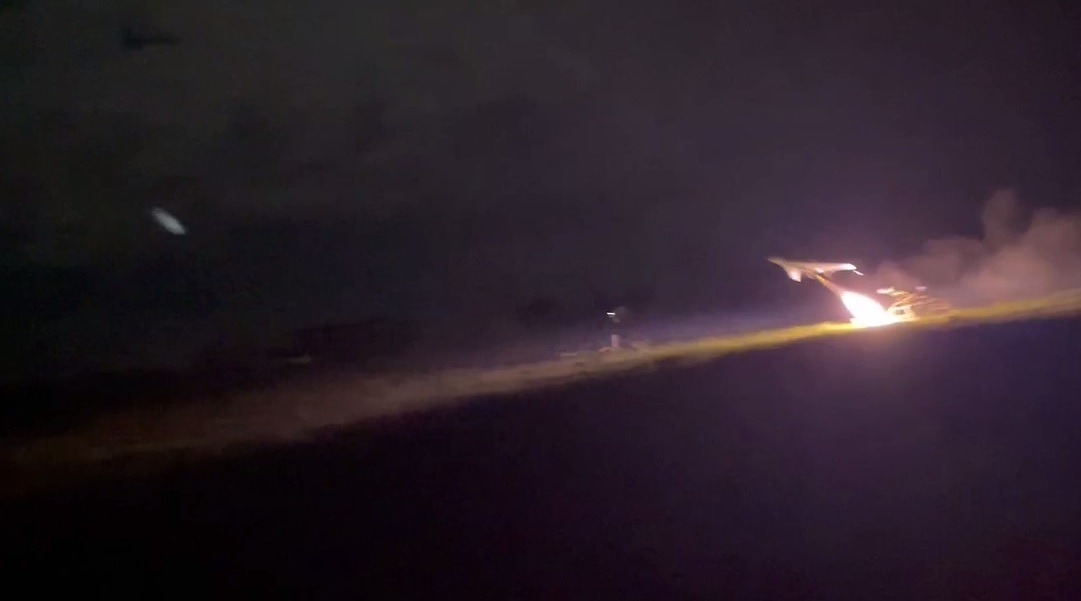
Other missiles, as follows:
- 14 ballistic missiles launched by either S-300, S-400, or Iskander-M systems stationed in occupied Crimea in the south and Kursk, Belgorod regions of russia in the north, the exact types yet to be identified;
- 8 Kh-22/Kh-32 cruise missiles launched by Tu-22M3 bombers;
- 5 Kh-47M2 Kinzhal air-launched ballistic missiles;
- 4 Kh-31 missiles;
- 1 Kh-59 missile.
Most of the mentioned are extremely difficult to intercept. For instance, the Kh-22 and its modernized version Kh-32 is something in between a cruise and a ballistic missile: during the midcourse, it flies at the altitude of 22.5 km at a speed of Mach 3.5 to 4 (about 4,900 km/h). When the remaining distance to the target is around 60 km, it performs a steep nosedive at an angle up to 60°, covering the rest of the route in the terminal stage in less than a minute.

No Kh-22/Kh-32 has been taken down by the Ukrainian Air Force so far, nor is there currently any capability to threaten the bombers carrying them. Foremostly, because of the lack of air defense systems to cover up vulnerable areas. The russian side is aware of it and adjusts fire for further strikes.
On the other hand, the effectiveness of Ukraine's countering Kh-101 / Kh-555 / Kh-55 missiles and Shahed-type munitions remains high.
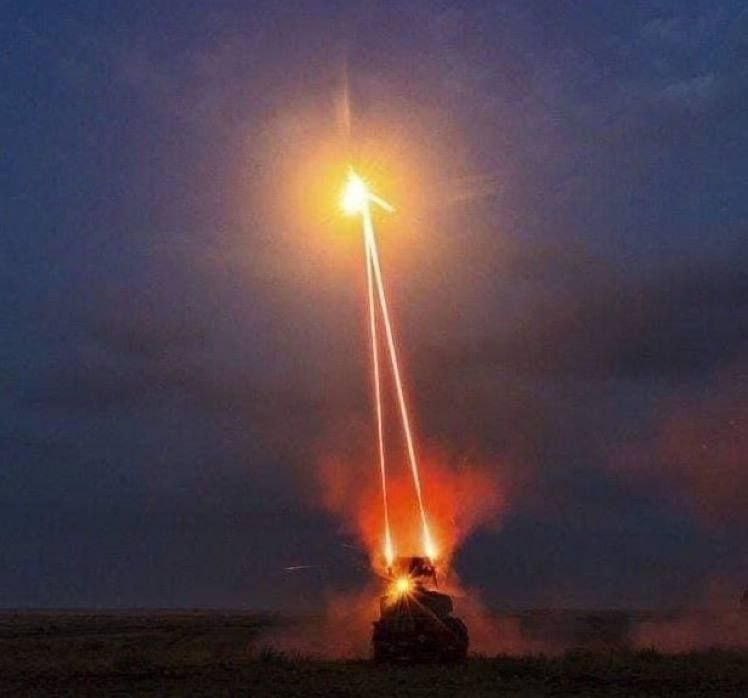
This large-scale attack was possible due to russian forces piling up the missiles in advance. There's been a decrease in the intensity of shelling over past months: in contrast to prior regular attacks, the last time russians used Kh-101 was on December 8th, 2023; the last Kh-22 was deployed against Ukraine on November 22nd, and Kh-47 Kinzhal was used on December 14th, after a lengthy break since August; Kalibr, in turn, has not been seen since March 2023.
There are speculations that russian invasion forces might have started stockpiling weapons for the shelling since this spring, potentially preparing for a new round of attacks targeting power supply facilities but abruptly changing their plans in favor of more purposeful targets, such as industrial and logistical infrastructure. The same applies to tactics: instead of firing missiles on almost daily basis like last year, russia could seek to discharge all weapons in a single powerful blow, as anticipated by Ukrainian intelligence.
Read more: How Many Missiles russians Amassed for Strikes on Ukrainian Heat and Power Supply Infrastructure



